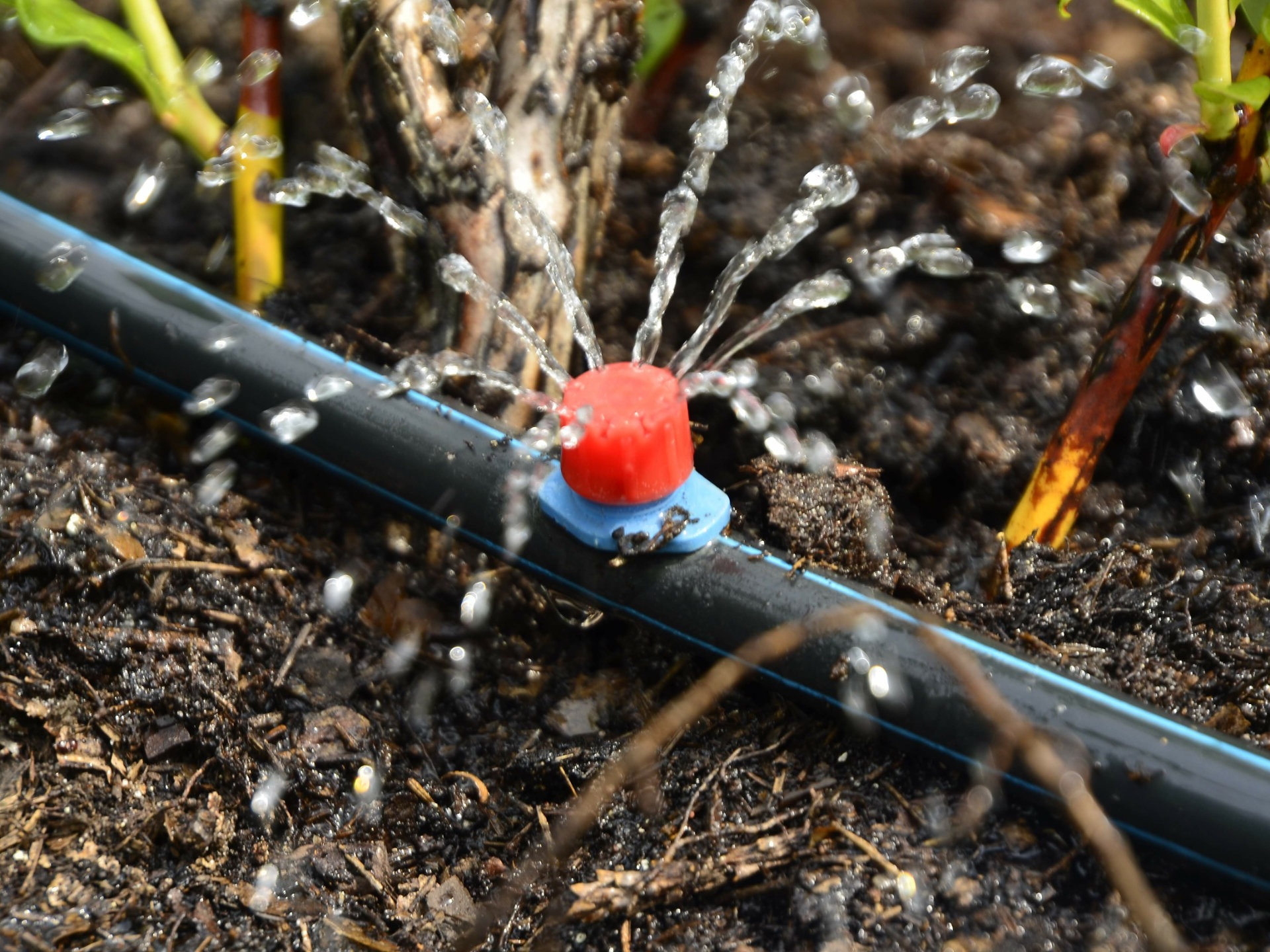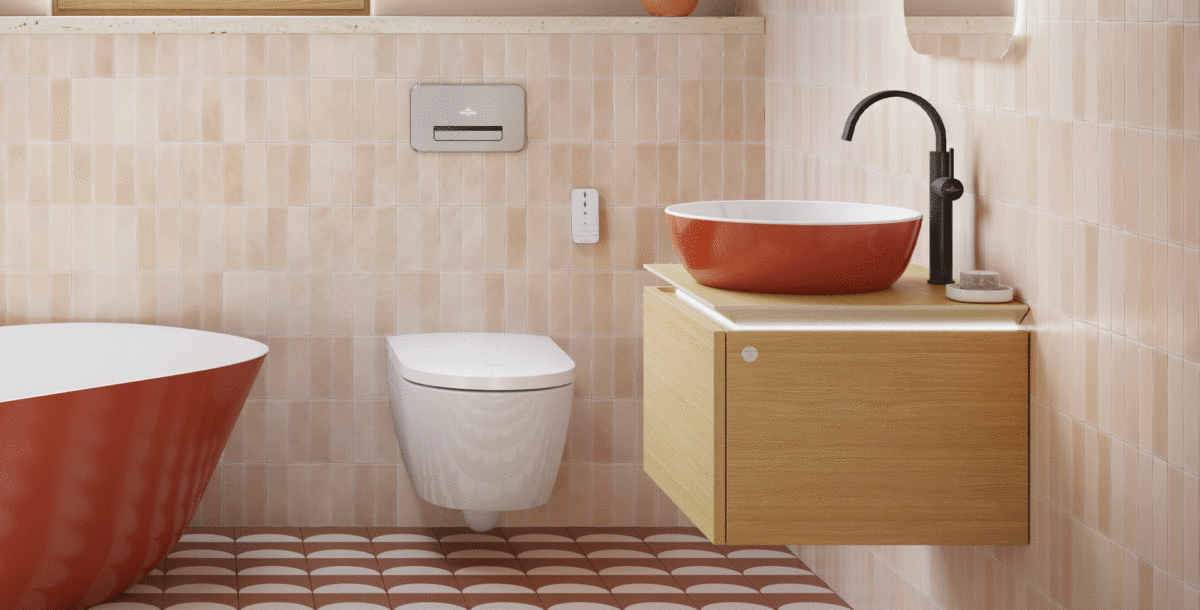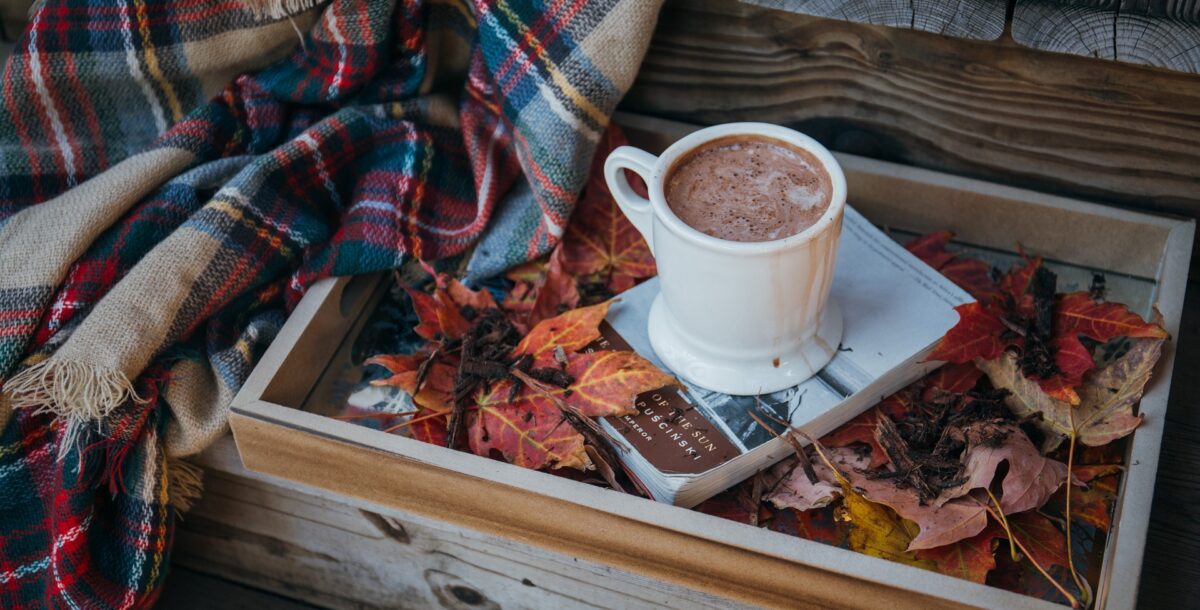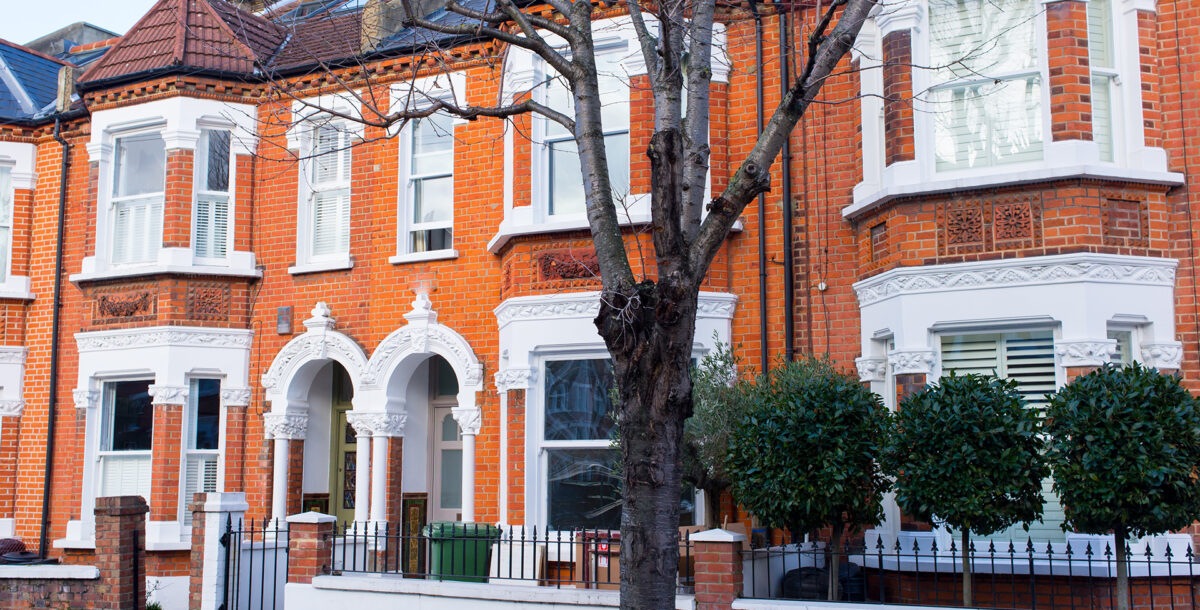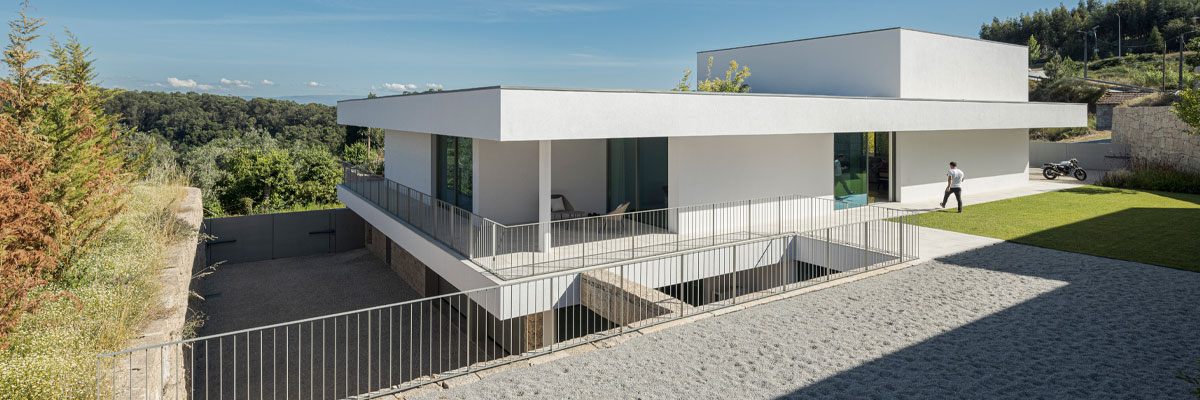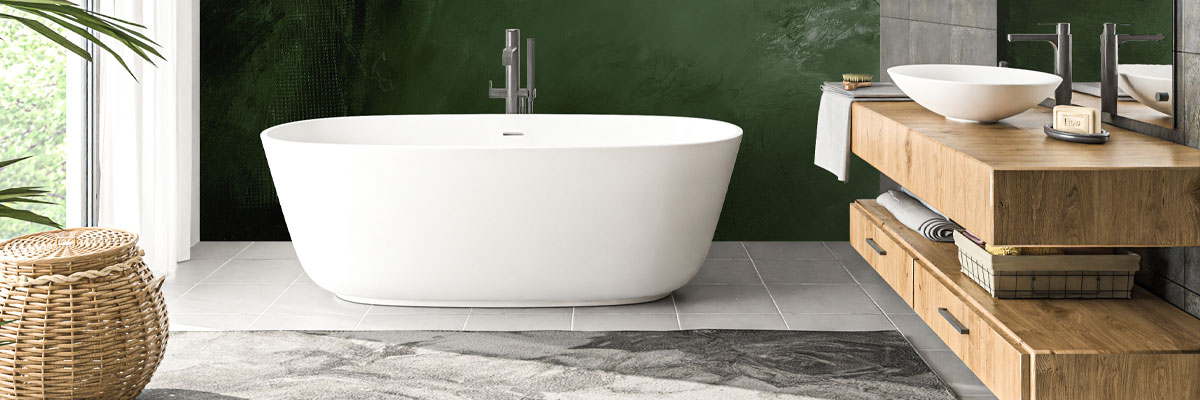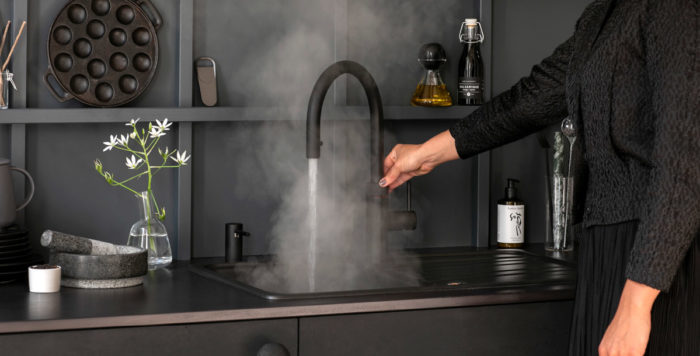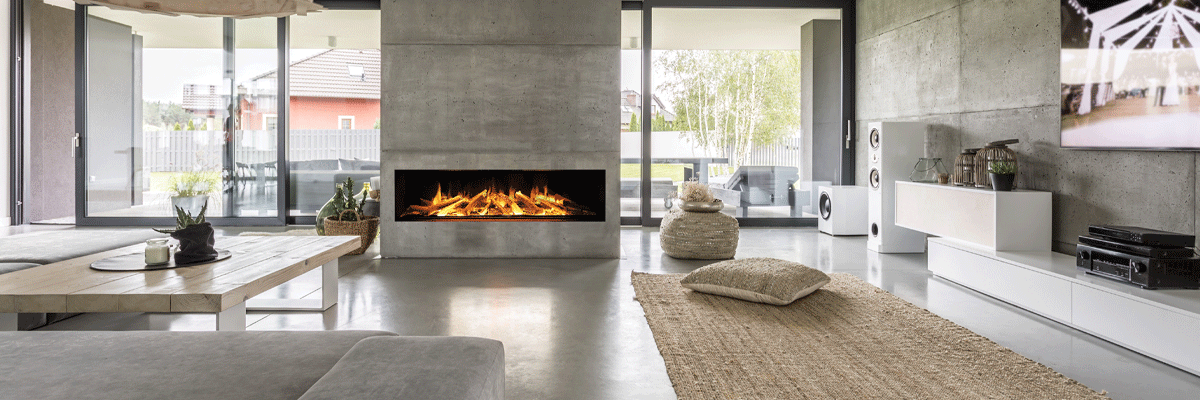Automatic Irrigation Systems – Never Forget to Water Your Garden Again
Keeping your plants watered doesn't need to be a chore. Automate it with an irrigation system.
There’s one thing we all know about gardening. Plants need water. But remembering how much water to give them, and when, is more of a challenge. Luckily, there’s a way around this relentless garden chore. Automatic irrigation systems are the ideal accessory for absent, and absent-minded, gardeners everywhere.
All you need to do is set up a controller, soakers, drippers, or sprinklers, you can go wherever you like, safe in the knowledge that your precious plants are being looked after.
Hanging baskets and potted plants are a brilliant way to add colour and life to any outdoor space. Although, according to Gardeners’ World Magazine, you should “water once a day, or more if it’s hot or windy, and make sure the compost is completely soaked through.”
If you worry that you’ll forget to water your plant pots on time, or you just can’t keep up with a rigorous watering schedule, then an automatic system might be a perfect garden upgrade.

What exactly are they?
There are a few different types of automatic irrigation systems (AIS) on the market, but they all perform the same task. Whether you’re tending to a couple of pot plants, or you’ve built yourself a fantastic living plant wall, they take the hard graft out of watering.
Automatic plant watering systems all connect up to a water supply, either mains or a storage system, and feed your plants a pre-determined amount of water at a set time.
Depending on the size of your system and the number of plants you want to keep watered, automatic irrigation systems will use drippers, pipes, or even sprinklers to distribute the water.
The clever part of the system is in the “controller”, or the brain that tells the tap or pump to open or close. This can be as simple as a mechanical timer, or as complicated as a Bluetooth-enabled device that connects to your home Wi-Fi network.
How do they work?
There are two broad categories of automatic irrigation systems. Some are more suited for vast installations for commercial grow setups, while others are suitable for a tiny run of pipes to feed a couple of hanging baskets.
Mains-fed
These types of automatic watering systems rely on mains water pressure to send H2O to your lawn or plant pots. The controller simply turns the tap on or off at the desired time.
The benefit of this system is that it should never run dry, no matter what the weather is like outside.
The downside of a mains-fed garden irrigation system is that your tap is permanently open. Should something fail while you are away, your water bill could be quite phenomenal.
Tank-fed
The other type of watering system relies on stored water in something like a water butt rather than the mains. Rather than using mains pressure to feed your plants, they contain a pump that does the hard work of getting the water into the ground.
They’re ideal for “off-grid” gardening at an allotment, or if you don’t like the idea of leaving your mains tap permanently open. The only problem with these systems is that they can run dry if your water source runs out.
Tank-fed systems like the Gardena AquaBloom have another clever trick up their sleeves. Solar power. If you’re running an off-grid system, then it makes sense to use the sun to keep the pump running.
Different ways to water
There are three main ways that automatic irrigation systems keep your plants happy and healthy. Drippers, sprinklers, and soakers all deliver water, but in rather different ways. In the right setting, they are effective and efficient ways to water your garden
Drippers
Drip irrigation is exactly what it sounds like – water is drawn up the irrigation pipes to drip out into the soil. Ideal for delivering metered amounts of water directly into the base of a plant, they’re unobtrusive and efficient.
Potted plants and hanging baskets are prone to drying out quickly and can be fickle when it comes to correct hydration. To avoid underwatering (or overwatering), they need a strict water schedule to allow them to thrive.
If you want to deliver a precise amount of water to keep them looking their best, a dripper system works best. If you have pot plants of varying sizes, you can use multiple dripper tips to deliver more or less water to them as needed.
For example, you can use a single dripper in a small plant, and three in a larger one. A single water source and control unit will feed both plants at the same time, but deliver different amounts of water.
Dripper systems aren’t suitable for larger areas like lawns though. And they can be fiddly to set up, with lots of small parts and pipe cutting to be contended with.
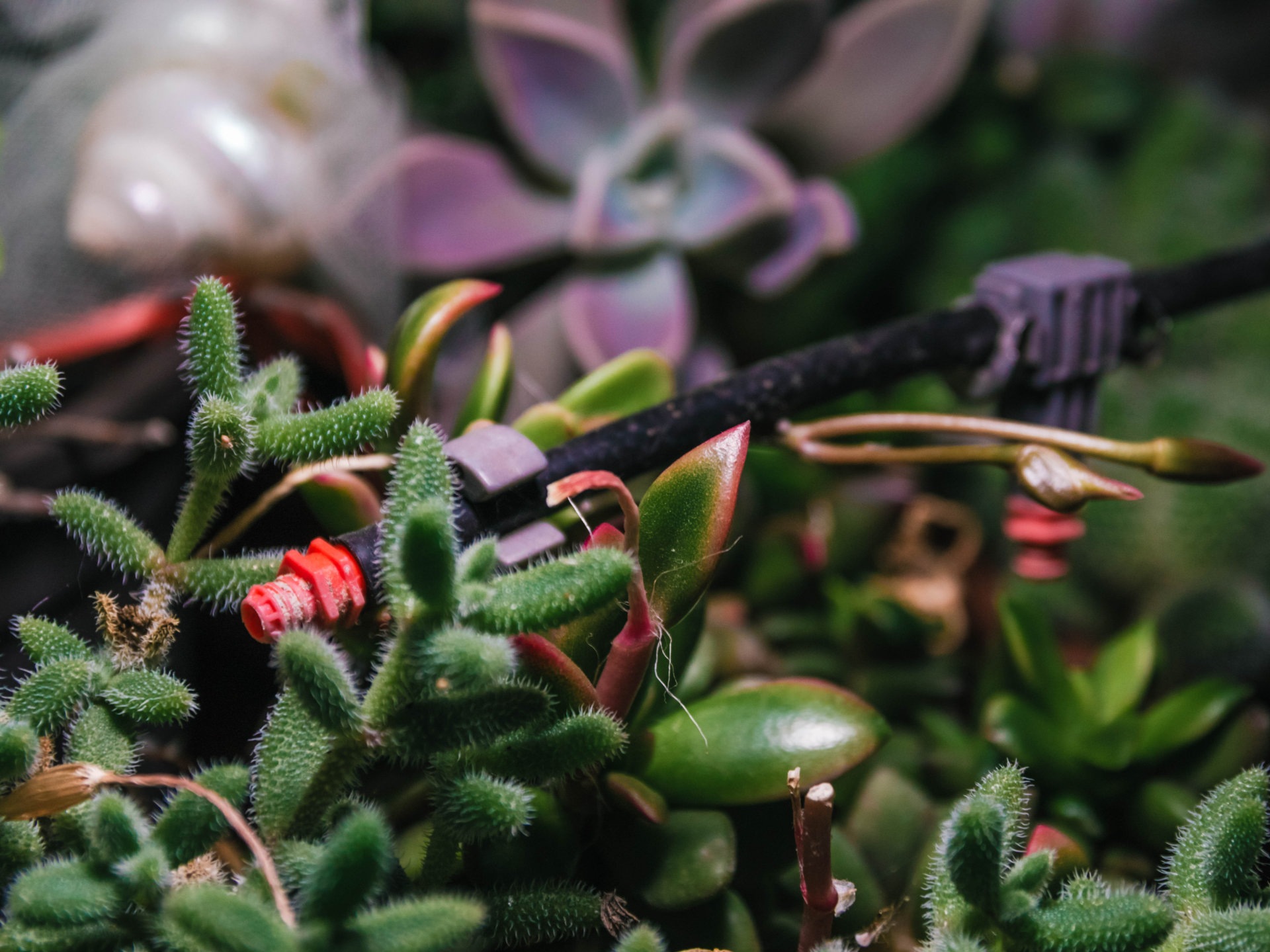
Sprinklers
A familiar sight on golf courses and in other commercial spaces, you can make use of sprinkler systems at home too. Sprinklers use a spray head to transform a steady stream of water from a hose into thousands of tiny droplets.
Sprinklers effectively replicate rain by spreading water evenly across a wide area. Similar to putting a rose on the end of a watering can, sprinklers create a gentle flow of water. This moderate water pressure won’t damage seedlings or wash away fertiliser, unlike the hard pressure of an ordinary garden hose.
There are plenty of different garden sprinkler systems available. At the budget end, there are basic single-head sprinklers that you chuck into the middle of your lawn. Paired up with a timer, they’ll keep a small garden watered while you’re away.
But if you want to spend a bit more time and money, you can get something like the Claber Colibri system instead. This unobtrusive irrigation method uses water pressure to pop the sprinkler heads above the grass and hides them when not in use.
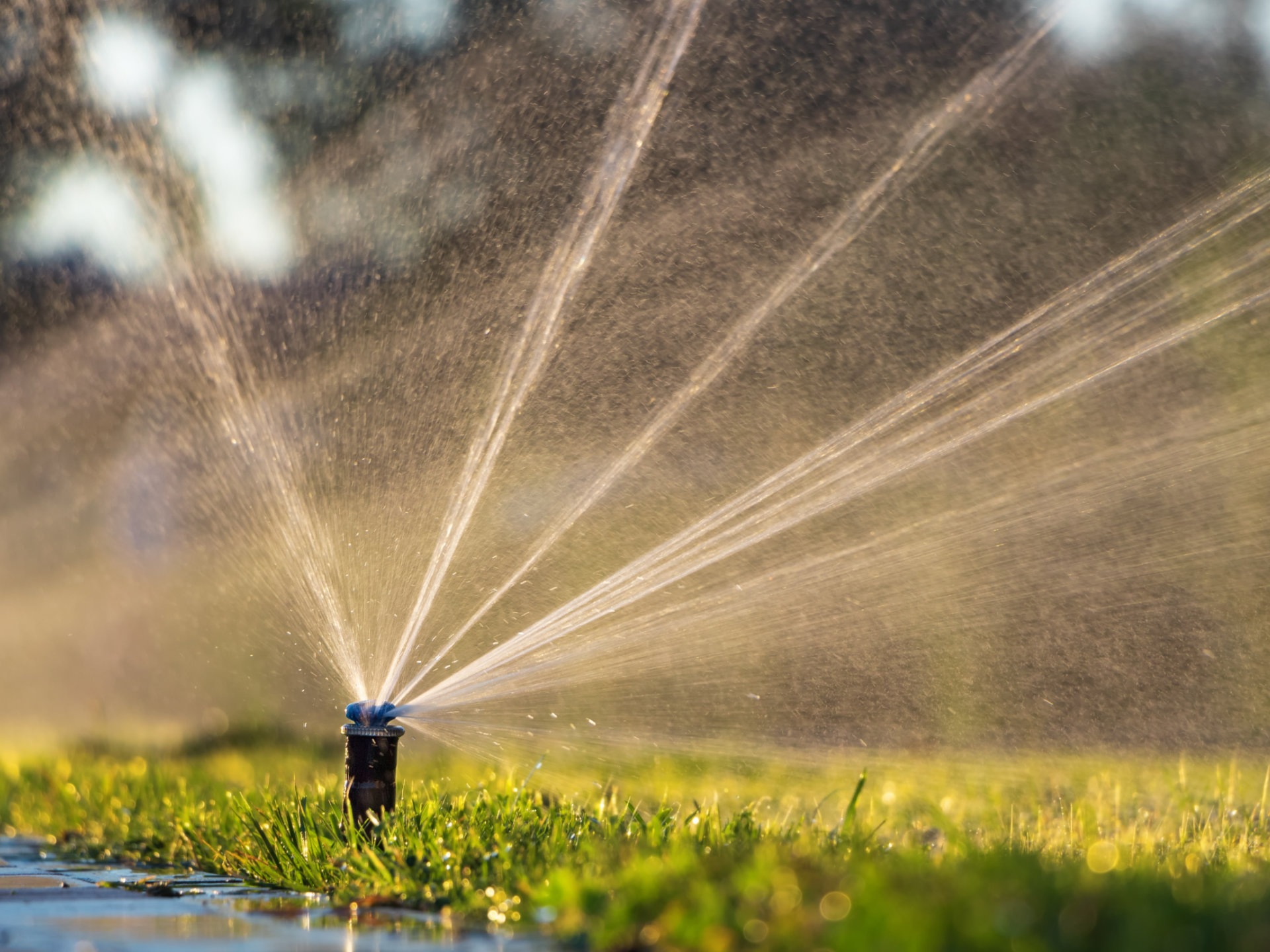
Soakers
A hybrid system that looks like a regular garden hose but behaves more like a dripper, soakers are great for targeting specific areas of your garden.
Soaker hoses come in lots of different lengths, depending on how large an area you want to water. All you have to do is lay the hose out, weaving it between your plants, and connecting one end to your mains tap.
You can even make one yourself by drilling hundreds of holes in an old hosepipe. They’re a lot easier to set up than dripper systems, although you can’t really use them for plant pots or hanging baskets.
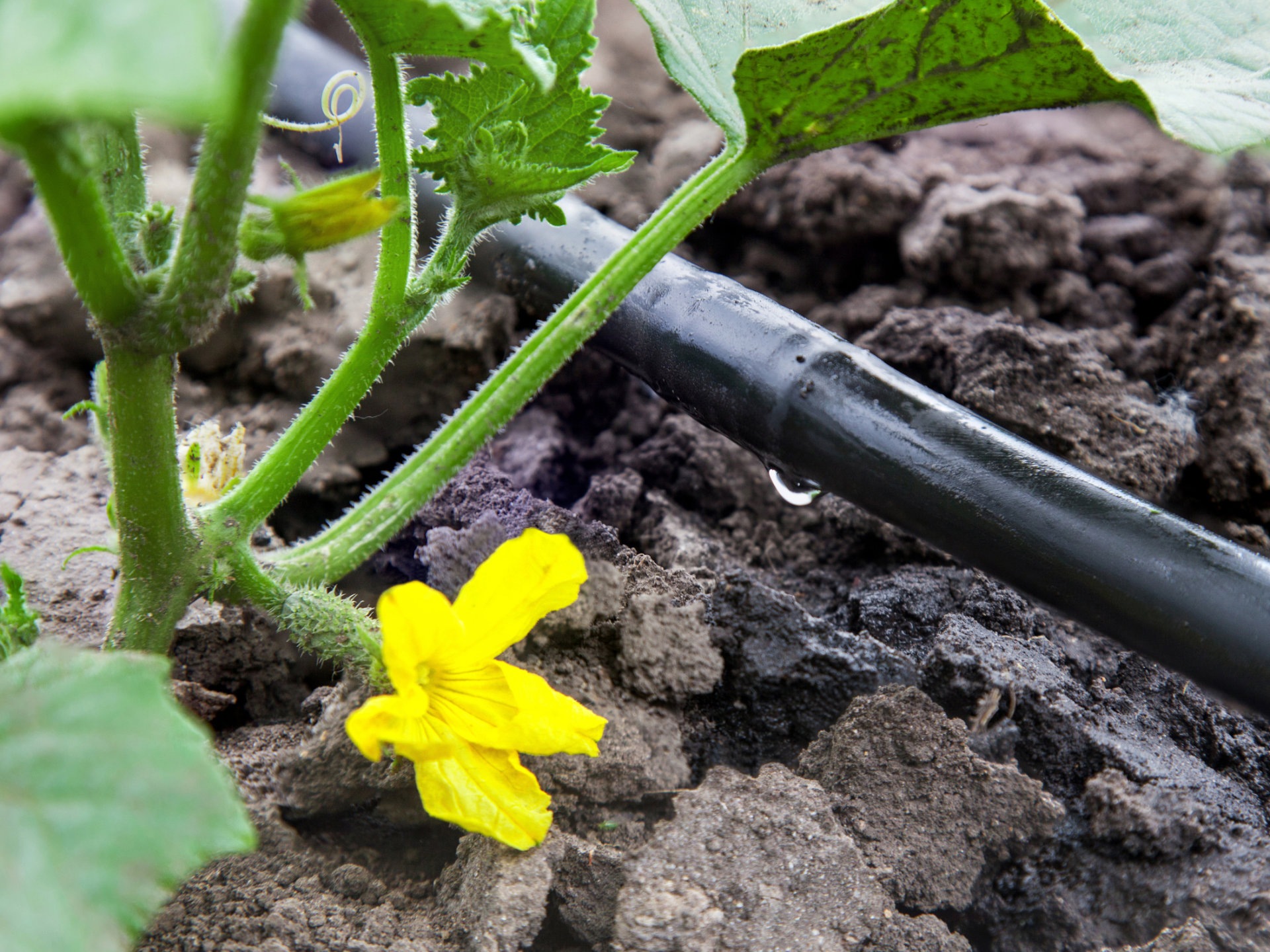
App-controlled watering systems
Perfectly designed for tech-savvy gardeners who want help watering their plants, there’s even app-controlled irrigation.
Connecting to your phone via Bluetooth or Wi-Fi, these controllers work like regular timers, but you can control them from almost anywhere in the world. Clever devices like the Aqua, from home automation experts Eve, connect directly to your outside tap.
You can turn your water on and off, set timers, and even find out how much water your garden uses over time. It’s a creative solution for anyone who finds out there’s been a heatwave while they’re on holiday.
What’s great about these systems is that you can mix and match them to suit your garden. You could create a clever system that, for example, uses Hozelock’s app-controlled timer system. Combine this with a network of drippers, and you can deliver precise watering to plants when you’re away on holiday.
Beat the Hosepipe Ban
Water shortages and hosepipe bans are becoming a common occurrence in the UK. According to water regulator Ofwat, during a temporary use ban, “you can’t use a hosepipe for things like watering your garden, filling a paddling pool or washing your car”.
You can, however, use a bucket or other container to water your plants. This means that a tank-fed system isn’t going to get you in trouble. You can keep your precious plants watered without breaking the rules, or even a sweat.
A tank-fed dripper system is an effective way to keep your plants thriving during a hosepipe ban. Instead of spraying everything with a hose, you can use an irrigation system to target thirsty plants with surgical precision.
If you don’t have one of these, then drip irrigation systems should also be exempt from a hosepipe ban, as explained by Hozelock: “Drip irrigation systems have been exempt from hosepipe bans and are likely to continue to be exempt. Modern drip irrigation systems are extremely efficient in the distribution of water and can reduce your water consumption by 90%. There is, however, nothing written in law to say that they must be exempt so double check the rules for your area to see if is exempt.”
Typically, the exemptions apply to drip systems only, not sprinkler systems, and you should check with your local water authority to see if there’s an exemption for your type of system during a hosepipe ban.

